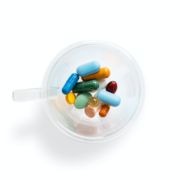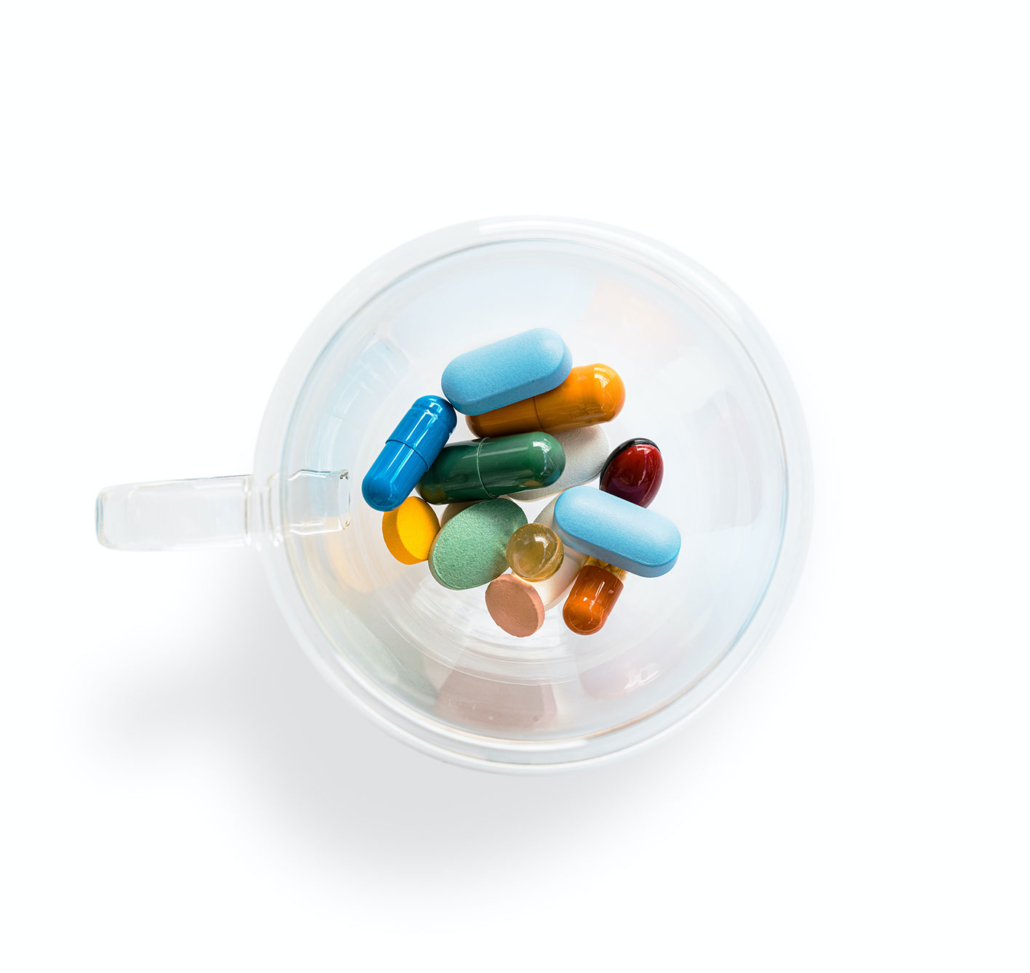Antimicrobial resistance becoming a leading cause of death globally
New estimates reveal that at least 1.27 million deaths per year are directly attributable to antimicrobial resistance (AMR), requiring urgent action from policymakers and health communities to avoid further preventable deaths.
Based on estimates across 204 countries and territories the ‘Global burden of bacterial antimicrobial resistance in 204 countries and territories in 2019’ paper provides the most comprehensive estimates of the global impact of antibiotic resistance to date and reveals that AMR has now become a leading cause of death globally. Published in The Lancet following rigorous external peer review by independent experts, the paper highlights specific areas of concern and equips governments and health communities with the information they need to act quickly and develop a proportionate response.
Estimates included in the paper show that AMR is a leading cause of death globally, higher than HIV/AIDs or Malaria.
Antimicrobial Resistance (AMR) occurs when bacteria, viruses, fungi and parasites change over time and no longer respond to medicines, making infections harder to treat and increasing the risk of disease spread, severe illness and death.
Common infections from AMR
Common infections such as lower respiratory tract infections, bloodstream infections, and intra-abdominal infections are now killing hundreds of thousands of people every year because bacteria have become resistant to treatment. This includes historically treatable illnesses, such as pneumonia, hospital-acquired infections, and foodborne ailments. An estimated 4.95 million people who died in 2019 suffered from at least one drug-resistant infection and AMR directly caused 1.27 million of those deaths.
Everyone is at risk from AMR, but the data shows that young children are particularly affected. In 2019, one in five deaths attributable to AMR occurred in children under the age of five – often from previously treatable infections.
Sub-Saharan Africa faces the highest burden, with 255,000 deaths due to AMR in just one year and a particularly high number from vaccine preventable pneumococcal bacterial disease. However, high income countries also face alarmingly high levels, most notably for Escherichia coli, which commonly causes kidney infections, and Staphylococcus aureus, which is often acquired in hospitals and can cause bloodstream infections.
More ambitious plans needed to tackle AMR
Past projections estimated that as many as 10 million annual deaths from AMR could occur by 2050. In 2022, as we now have access to these robust estimates, we know that we are already far closer to this figure than expected. AMR is already threatening the ability of hospitals to keep patients safe from infections and undermining the ability of doctors to carry out essential medical practice safely, including surgery, childbirth and cancer treatment since infection is a risk following these procedures.
We are not innovating fast enough to develop effective vaccines, medicines and treatments:
- Between 1980 and 2000, 63 new antibiotics were approved for clinical use. Between 2000 and 2018, just 15 additional antibiotics were approved.
- Out of the seven deadliest drug-resistant bacteria, vaccines are only available for two (Streptococcus pneumoniae and Mycobacterium tuberculosis).
- Whilst all seven of the leading bacteria have been identified as ‘priority pathogens’ by the World Health Organization (WHO) only two have been a focus of major global health intervention programmes – S. pneumoniae (primarily through pneumococcal vaccination) and M. tuberculosis.
And with high levels of hospitalisations from COVID-19, there is a risk that the burden of AMR has already accelerated due to increased use of antibiotics. However, more evidence is needed to ascertain the true impact.
“This paper is a critical step that allows us to see the full scale of the challenge. We now need to leverage these estimates to course-correct action and drive innovation if we want to stay ahead in the race against AMR.” — Professor Chris Murray, Director of the Institute for Health Metrics and Evaluation
The GRAM leadership team at the University of Oxford, Prof Christiane Dolecek, Dr Catrin Moore, and Prof Benn Sartorius, also commented: “Being able to measure AMR, and compare it with other major health threats, is essential to addressing its serious consequences. This work incorporates the best available data and provides reliable evidence describing the substantial mortality and morbidity caused by AMR globally. We anticipate that policymakers will use these results as we intended them, to drive action.”
New estimates from the paper were pre-released to Health Ministers at the G7 in June 2021, who agreed that AMR must be prioritised as part of plans to strengthen global health systems.
Talking about the need for political action on AMR, UK Special Envoy on Antimicrobial Resistance, Dame Sally Davies said: “AMR is already one of the greatest challenges facing humanity. Behind these new numbers are families and communities who are tragically bearing the brunt of the silent AMR pandemic. We must use this data as a warning signal to spur on action at every level.”
Immediate actions that can be taken
There are immediate actions that can help countries around the world protect their health systems against the threat of AMR:
- We need to take greater action to monitor and control infections, globally, nationally and within individual hospitals.
- We must accelerate our support for infection prevention and control, as well as expand access to vaccines and clean water and sanitation.
- We must optimise our use of antibiotics unrelated to treating human disease, such as in food and animal production, taking a One Health* approach and recognising the interconnection between human and animal health.
- It’s time to be more thoughtful about our use of antimicrobial treatments – expanding access to lifesaving antibiotics where needed, minimising use where they are not necessary to improve human health, and acting according to WHO Global Action Plan and AWaRE guidelines.
- We must increase funding at every stage of the development pipeline for new antimicrobials targeting priority pathogens – from research for high priority bacteria, such as K. pneumoniae and E. coli, to securing access through innovative market solutions.
Authors of the paper are hopeful that, with this new data, the world is better equipped to correct the trajectory. COVID-19 has demonstrated the importance of global commitments to infection and control measures, such as hand washing and surveillance, and rapid investments in treatments.
Talking about the lessons learnt from COVID-19, Head of Intervention, Infectious Disease at Wellcome Trust, Tim Jinks said: “The COVID-19 pandemic has highlighted the importance of global collaboration: political leaders, the healthcare community, the private sector and the public working together to tackle a global health threat. Like COVID-19, we know what needs to be done to address AMR, but we must now come together with a sense of urgency and global solidarity if we are to be successful.”
- The paper was authored by the Global Research on Antimicrobial Resistance (GRAM) Project, a partnership between the Institute for Health Metrics and Evaluation (IHME) and the University of Oxford. GRAM was launched with support from the Fleming Fund, the Wellcome Trust, and the Bill & Melinda Gates Foundation.




